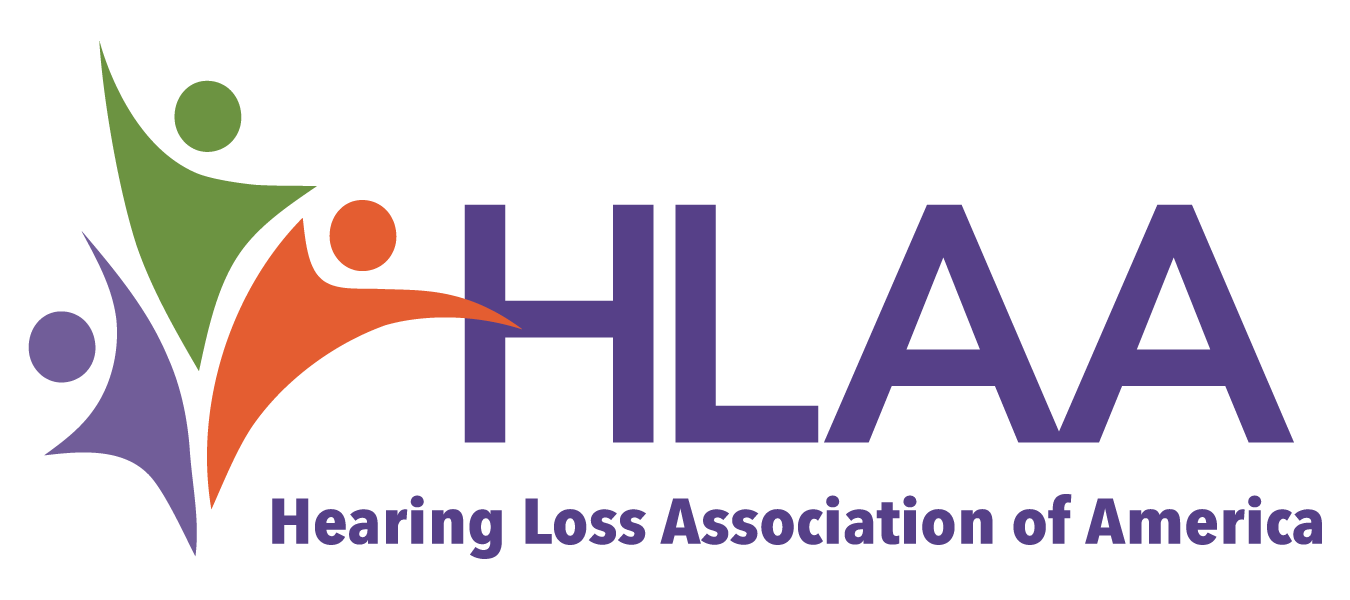
This October, the recently released U.S. Food and Drug Administration (FDA) regulations will go into effect and over-the-counter (OTC) hearing aids will be available to those 18 years or older with self-perceived mild to moderate hearing loss. While this is welcomed news for many, it can also be confusing for those who are now thinking about finally addressing their hearing loss, either by themselves with an OTC device, or seeking help from a licensed professional to get a prescription device. I’ve been asked for advice by many friends and family members about what to do, so I wanted to share my thoughts with the HLAA community.
My audiology journey began over 35 years ago in private practice in Huntington, West Virginia. After seeing patients for several years, I accepted a position in the hearing aid industry and worked there for the rest of my career until my retirement. I now consult within the hearing industry. There have been many changes in the technology, including the evolution from analog to digital technology; changes in popular hearing aid styles from behind-the-ear (BTE) to custom in-the-ear, and now to receiver-in-the-ear (RIC); and of course, the introduction of Bluetooth streaming to capture phone calls and audio directly to your ears. However, the change in the distribution of hearing aids can be both exciting and overwhelming.
Pathways to purchase OTC hearing aids
There will be multiple pathways to purchase an OTC device, including self-selection, seeing a hearing professional first, or working with a hearing professional after you’ve purchased an OTC product. The FDA regulations are clear that no state can require a licensed hearing professional to be involved in the sale of OTC hearing aids; however, they can be an important part of the process. Let’s review the pathways to purchase:
- Self-selection
Adults can visit a retail store that sells OTC devices and select one based on the style, cost, technology and the information provided on the required labeling of the product. The labeling includes specific safety information required by the FDA, a guide to environments you may have difficulty listening in if you have mild to moderate hearing loss, additional instructions for use of the devices and, most importantly, if the devices can be returned if you’re not satisfied. Once purchased, use them in the listening situations you find most challenging to determine if you will be able to receive a benefit from the device. These situations include family gatherings, meetings, noisy restaurants, phone calls, or watching TV, to name a few. If they do not provide benefit, return them prior to the end of the return/trial period. It’s important to ensure a return period is available, as FDA does not require that one be provided with the purchase of your device.
- Visit a hearing professional before making a purchase
An alternative is to schedule a visit with a hearing professional to have a complete hearing test. You will receive information about your hearing loss and can discuss whether OTC devices may provide you with benefit. You might even purchase the OTC devices at the clinic. Not all hearing professionals will make the decision to sell OTC devices, but then CAN evaluate your hearing and provide guidance on the appropriate technology for your hearing and lifestyle needs. If you elect to visit a hearing professional, there may be a cost for the hearing testing and consultation visit depending on how they charge for their services.
- See a hearing professional if you’re struggling with an OTC device
If you have purchased a device that doesn’t seem to be working in the way you expected, you can visit a hearing professional to ask questions about the device and your hearing needs. Nearby licensed hearing professionals can be found at hearing.org/find-a-hearing-professional/. You will benefit from getting a complete hearing test and guidance/counseling on how best to use the device. You may learn that the device you selected is not appropriate for you, or an element of the device is not working properly. Be sure to schedule this visit prior to the end of any return period (if applicable) to ensure you can return the products and make a selection that is best for you.
I believe that having a hearing professional involved will provide information and guidance during this process. The additional cost may be valuable in several ways, including avoiding a device that may not be appropriate for your degree of hearing loss and providing communication strategies for listening in difficult environments like background noise.
There will be many choices, and this can be confusing for some. I do expect that some experienced hearing aid owners with mild to moderate hearing loss may already have significant experience with devices and elect to purchase OTC products without the assistance of a hearing professional. For new users, the suggested pathways can help lead to successful use of OTC devices. The most important guidance is whatever pathway you choose, be ready to invest time in learning how the devices function, how to insert them, how to change batteries if necessary, how to clean and maintain them, and how to maximize your benefits in difficult listening situations. Hearing is one of our most important senses and during my career as an audiologist, I have seen the success of those who took action to treat their hearing loss. To reopen your world of sounds, communication, and connections that are most important to you, I encourage you to take that first step.
To help you decide if an OTC hearing aid could work for you, visit our Tip Sheet, and stay tuned for more information and resources soon.
For questions, contact HLAA at inquiries@hearingloss.org.
Enjoyed this post? Never miss out on future posts by following us.
Follow HLAA and “Like” us on Facebook today!

